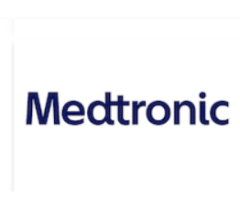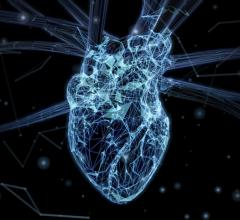News | October 28, 2013
CBSET Presents Preclinical Development Data on Renal Denervation Devices
October 28, 2013 — CBSET, a not-for-profit preclinical research institute dedicated to biomedical research, education and advancement of medical technologies, will present data from the podium at the Transcatheter Cardiovascular Therapeutics annual scientific meeting (TCT 2013) that provides a seminal experimental and computational template for a more rational, comprehensive preclinical evaluation and optimization of renal denervation devices.
Elazer Edelman, M.D., Ph.D., chairman and co-founder, CBSET, will present the data “Electrode irrigation alters RF ablation treatment zone geometry and protects intimal and medial tissue while maintaining injury to renal nerves.”
“Although the anti-hypertensive drug market is $18 billion annually, about half of hypertensive patients who are on drug therapy do not achieve adequate control of their blood pressure,” said Peter Markham, president, CEO and co-founder, CBSET. “Therefore the door is wide open for effective hypertension therapies in this population, such as renal denervation devices…. By coupling quantification of the efficacy biomarker of renal denervation — NEPI, or norepinephrine — with the histopathological evaluation and computational prediction of the ablation lesion, we now have the template for a more rational and comprehensive preclinical evaluation and optimization of renal denervation devices. Given that 20 percent of patients are non-responders to renal denervation devices, we believe that this patient population will ultimately benefit from this next level of understanding of a complex process that has been demystified by our scientists.”
“The CBSET data provide a unique perspective on the determinants of the efficacy of renal denervation devices,” said Edelman. “The computational models developed by Dr. Rami Tzafriri, principal scientist at CBSET, help explain how to understand the impact of renal denervation and how to optimize this emerging technology. These studies in particular shed light on the importance of treatment parameters such as electrode power and duration while also revealing the dependence of RF (radiofrequency) energy delivery on the structure of perivascular tissues that vary between individuals,” added Dr. Edelman. “CBSET has raised the bar in empowering the medical device industry to understand how best to manage renal denervation to reduce blood pressure in a larger patient population.”
For more information: www.cbset.org


 March 10, 2025
March 10, 2025 







